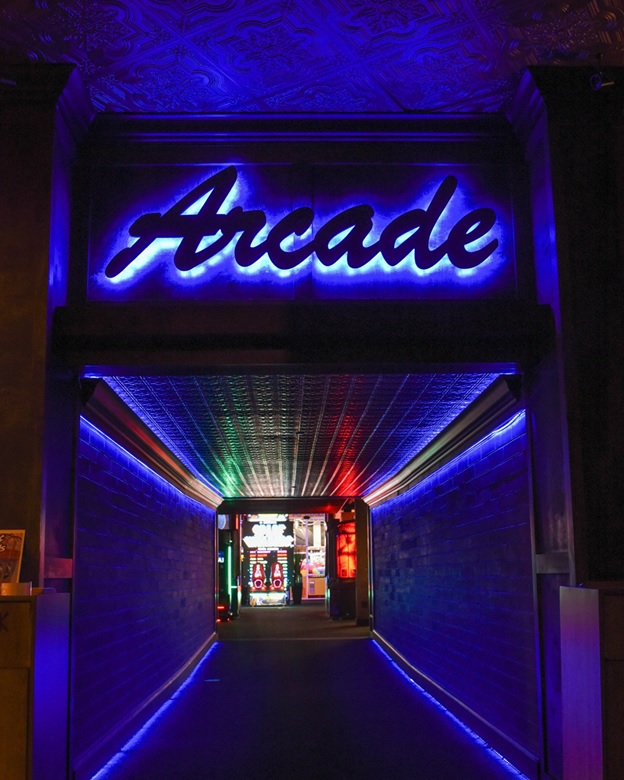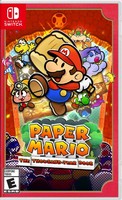Arcade Machine Reviews: An Era Remembered

The first arcade game entered the scene back in 1971 when
Computer Space was produced by Atari founders Nolan Bushwell and
Ted Dabney. The historical event was marked more for the cabinet
used for gameplay than the game itself. It almost looked as
though it appeared via a science fiction movie with its
futuristic features and unusual controls.
The design of this
machine was what set the precedence for classic arcade
machinery. As the arcade concept skyrocketed throughout the
1970s well into the 1980s, various machine styles transformed
the market to house the unique games being produced and to give
the ever-growing number of players along with the vendors more
options to choose from.
Styles of Arcade Cabinet
Back in the 70s and
80s, the makers of the cabinets that housed the arcade games
designed unique styles as a means to create
variety and interest for the different titles that were on the
market. No two cabinets were the same meaning if you wanted to
play a specific game, you had to wait until the person in front
of you lost which could take a very long time depending on how
good they were at the game. You can always check online the
different machines such as Ryans Best Reviews so
you have an idea of what they look like.
1) Standard/Upright
Machines.
The upright cabinet, also known as a ‘standard’ machine, is
what a majority of players think of
when hearing the term arcade. This type of cabinet is typically
made using wood with metal and is approximately six feet in
height. Colorful art depicting the game is used to decorate the
cabinet.
The upright cabinet
is a common style used for a large array of games in North
America. These are a classic of the era overall particularly
during the height of the period which was from the 1970s into
the 80s with a large portion of the most popular games at that
time belonging to the upright version.
There were
different control configurations used with upright models such
as:
· Joysticks.
A joystick is a controller most commonly
used, typically there are also buttons alongside the
joystick that were pushed to start playing.
· Paddles.
In 1972 Pong started the use of paddles which were controllers
fitted with knobs allowing for horizontal and vertical movement.
· Trackballs.
The player moves the touch-sensitive ball around in gameplay.
This was new at the beginning of the 80s.
· The
steering wheel.
Racing games came with steering wheels where the wheel acts as
the controller for playing the game. There would oftentimes also
be a gas pedal.
· A
light gun.
In 1966 Sega offered a game, Periscope, which was one of the
first games to use a light gun. These weren’t seen often until
around the 80s into the 90s being used in all
of the shooting games.
You can use old
game controls to build your own arcade machine with an old
computer. Read here.
2) Table/Cocktail
Machines.
The cocktail cabinet, or table machine, is typically a small
table covered in glass that housed the game. These machines are
sit-down plays as opposed to the uprights where the players
stand. The design makes it so drinks can be placed on the table,
thus the term ‘cocktail’ table. These are seen most prevalently
in bars and restaurants.
With this type of
machine, two players typically join in with one on each side
making this a more communal entertainment compared to the
upright counterpart. People are encouraged to gather around
watching the competition while enjoying drinks.
Being released
typically at the same time as its upright companion, the
cocktail version was popular in the 1970s into the 80s, but
they’re not particularly common in today’s market with a scarce
few classics scattered throughout a variety of pubs.
3) Mini/Cabaret
Machines.
The cabaret machine or mini machine, also known as merely
‘minis’, is simply a more compact upright cabinet. These enable
the arcades to have more games with a lesser amount of space and
give greater access to smaller children. Atari was responsible
for the term ‘cabaret’ allowing this form to be available for
most of their popular titles.
4) Tabletop/Countertop/Bar
Top Machines.
The tabletop or countertop or bar top is a less common version
of the machine with companies not being able to agree on the
designation. They were compact consisting of a monitor with a
control panel that could be placed on the top of a table or
counter or bar.
These types of
machines have found their way into pubs, lounges, taverns, bars
and are used for things such as gambling, trivia, puzzles. In
the 1980s, Coleco sold popular home
versions of arcade games known as ‘mini arcades’ that functioned
almost the same as handheld units but were similar
to countertop machines (only smaller).
5) Deluxe
Machines.
Deluxe machines are more large-scale, extravagant varieties than
any of the previous versions. They are expansions of the notion
as to what arcade games are capable of. Deluxe machines allow
for the arcade race enthusiasts with offerings such as a
motorcycle-shaped, motion-controlled machine coming out in 1985
requiring the player to lean to each side as
a means to maneuver their on-screen persona. This was met
with great popularity.
Deluxe cabinets are
mostly used in games that are related to racing and flight
simulation.
Being of a certain
age, it is likely that you spent a good part of your youth at
the local arcade. Maybe even now, you’ll come upon one and have
a bit of excitement well up. The days of the full-size arcades
seem to have come and gone with very few being in existence
today. Go to https://www.engadget.com/2014/07/09/worlds-first-arcade-videogame/
The idea that once
was shared back in the 1970s through to the 1990s of getting
together and sharing experiences with the variety of unique
games among friends and family was very appealing...for those
who are nostalgia buffs. These machines did such a good job of
bringing people together.
The appeal of the arcade machine is not likely to translate to our new generation which today would be so uncommon in the age of social media and online interactions. The camaraderie that arcades encouraged has given way to an age of solitude. They don’t know what they’re missing.

























